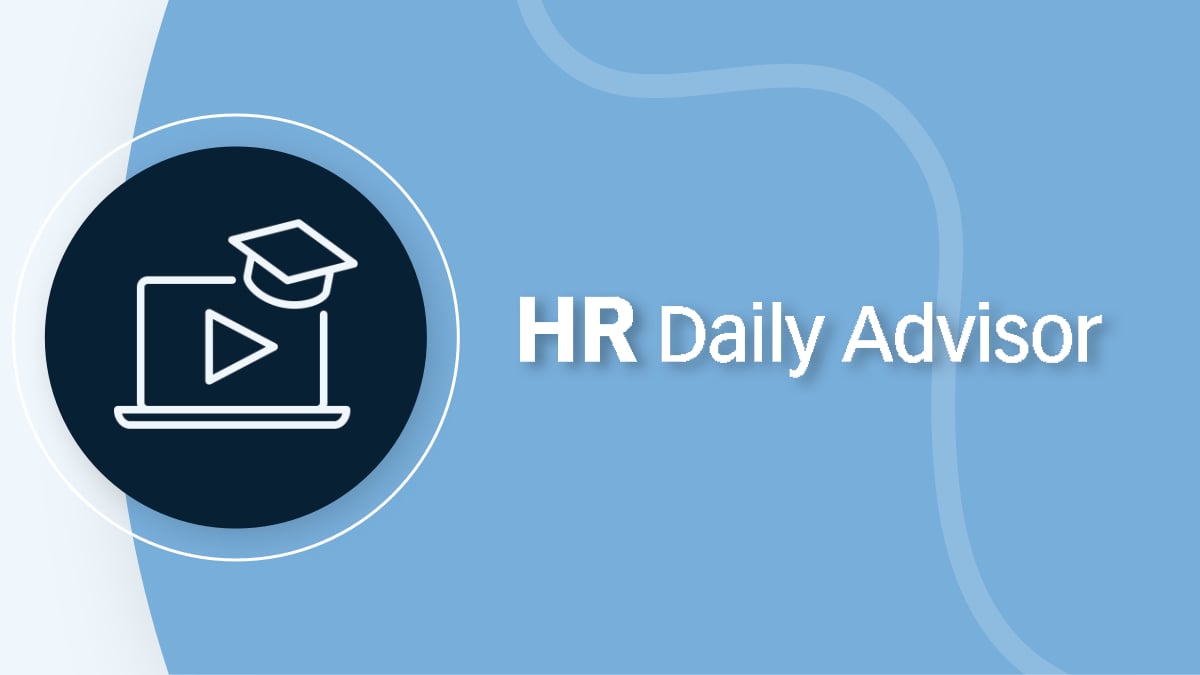The Workplace Equation: Employee Well-being is Key
Rebecca Morris

Did you miss the live webinar? Watch the recording now and explore the results of our 2022 Wellness Barometer Survey.
The past two years have created unprecedented challenges for employers, HR teams and the employees they serve. With rising labor shortages, mounting employee stress, and increased financial pressures, employee holistic wellness and fostering a culture of care and belonging have taken center stage.
BrightPlan recently hosted a webinar on the latest trends related to employee well-being – and what's top of mind for both employees and HR leaders in the new world of work – featuring Danielle Posa, founder of Workplace Wellbeing Advisors, and Neha Mirchandani, CMO and Head of People at BrightPlan. The webinar also unveiled insights from BrightPlan’s hot-off-the-press 2022 Wellness Barometer Survey looking at the state of wellness in today’s workplace.
Here are some key takeaways from the session:
Economic uncertainty is shaping the employment agenda
72% of employees are stressed about their finances, up from 65% last year—and nearly 9 in 10 employees revealed that they are reassessing their financial situation. Rising inflation (79%) and retirement planning (59%) are major drivers, with employees contributing significantly more to retirement during this time.
Great Resignation is driving cultural change
Mounting stress and burnout have caused employees to reevaluate their definition of work, fueling the Great Resignation. 78% of employees are placing a greater emphasis on work/life balance, 38% are seeking greater mission and purpose from work, and 25% are looking to take a break from work (40% for respondents ages 18-25).
As for employers, 86% of HR leaders say their biggest challenge is attracting or retaining talent; engaging employees (65%) is also high on the list. Companies are addressing employee careabouts by offering increased flexibility, work from home allowances, higher salaries/bonuses and a new range of innovative wellness benefits.
Employee well-being has taken a turn
The trends in employee priorities, and the evolution of the workplace, reflect the struggles workers are facing. An all-time high level of stress is having an effect on employees’ overall well-being, with deteriorating financial health impacting both mental health (77%) and physical well-being (52%). Those reporting financial stress say they lose, on average, 11.4 hours in productivity every week–an amount that translates to more than $4 billion in lost productivity weekly for U.S. employers*.
With financial stress at record levels, employees report financial wellness benefits as the number one most desired benefit (54%), increasing from 29% last year and significantly outpacing mental health benefits (33%) and flexible time off (30%).
Financial health must be confronted
Employees are focused on their financial lives and are asking for help. Many are taking action, with 68% increasing their retirement contributions and 63% cutting expenses. Despite this focus on finances, financial literacy is in crisis; only 13% demonstrate basic financial literacy answering 4 of 5 questions correctly (down from 20% last year).
Employers are well-positioned to provide solutions
Employers are in a great position to help, as much of an employee’s financial life is tied to their employer. Nearly 9 in 10 employees expect their employers to offer financial resources. At the top of the list are tools for investing (88%), followed by financial education (87%), and access to a financial professional (84%). These resources can have a positive impact on the business, as 95% of workers say that access to enhanced employer provided benefits would cause them to work harder (60%), feel more financially secure (59%), be more engaged and productive (58%), and be more committed/stay longer with the company (34%).
A mixed response on safety and belonging
The pandemic has helped improve workers’ trust in their employers. 89% feel their company is doing a good job addressing diversity, equity and inclusion (DE&I). However, one-third still do not feel completely safe or comfortable at work, with Asian-Americans (49%), healthcare workers (42%), LGBTQIA employees (42%), and more females (36%) than males (28%) not feeling completely safe at work.
While COVID-19 based concerns are beginning to recede, the effects of the global pandemic are still being felt. Employers will do well to address their employees’ holistic well-being (physical, mental and financial), both in and out of the office. Listening to what employees need, and responding with innovative benefits and support structures, can help organizations to better attract, engage, motivate and retain a happy and productive workforce.



